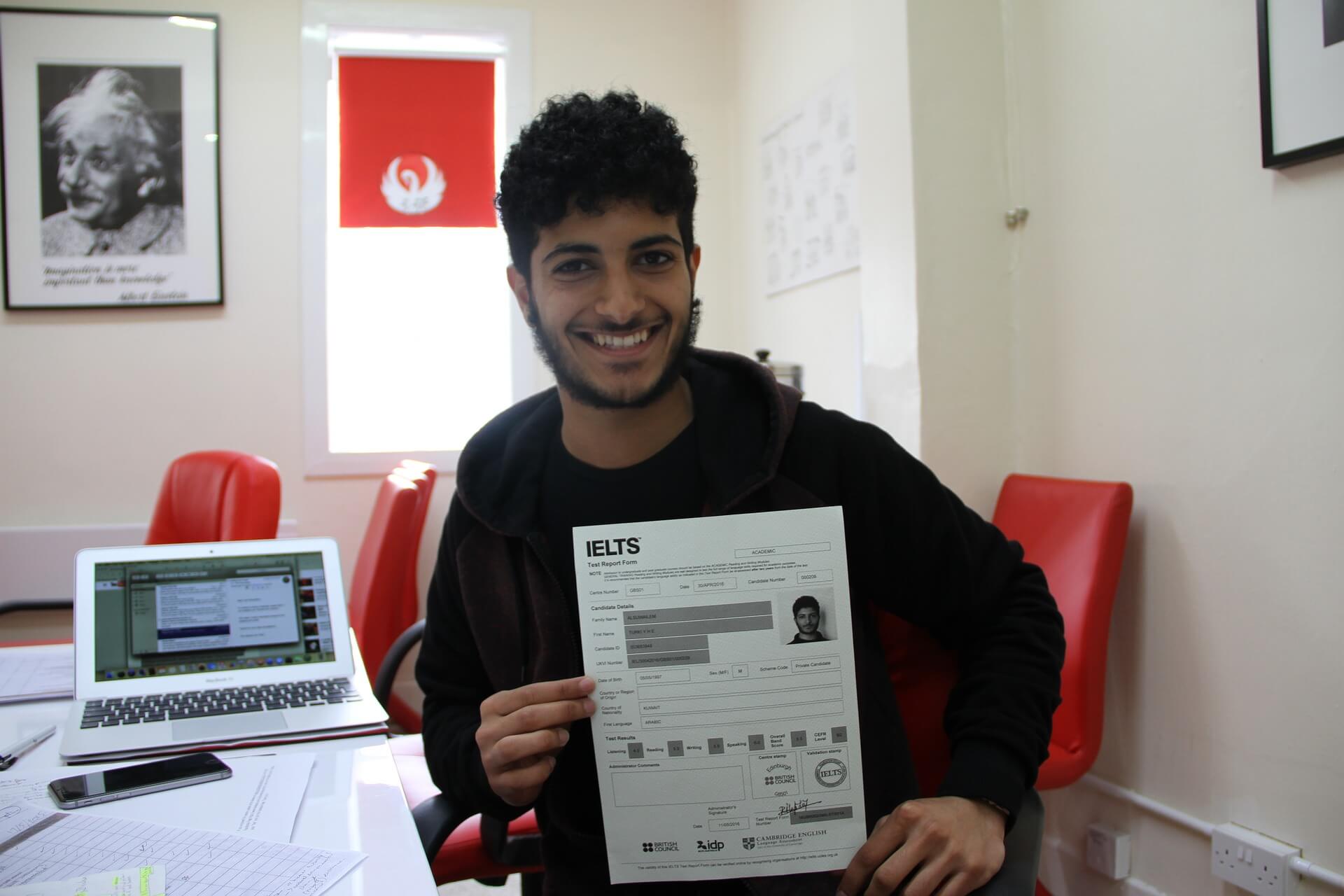Requirements for the Ontario Secondary School Diploma
Students who first entered Ontario Secondary School between September 1, 1984 and August 31, 1999 must earn a total of 30 credits to get an Ontario Secondary School Diploma (OSSD). Of these, 16 credits are compulsory the other 14 credits are elective.
Compulsory Credits (16)
Courses |
Credits |
| English (at least 2 Senior Division) | 5 |
| French |
1 |
| Mathematics (9, 10) | 2 |
| Science |
2 |
| Canadian History | 1 |
| Canadian Geography |
1 |
| Arts | 1 |
| Physical & Health Education |
1 |
| Business / Technological Studies | 1 |
| Additional Social Science** Senior Division |
1 |
Elective Credits (14)
14 credits may be selected by the student from available courses.
See Ontario Secondary Schools Grades 9 to 12: Program and Diploma Requirements 1999 Appendix 3
Students who entered Ontario Secondary School after September 1, 1999 must earn a total of 30 credits to get an Ontario Secondary School Diploma. Of these, 18 credits are compulsory and the other 12 credits are optional courses.
** Each student must complete 40 hours of community involvement activities and pass the provincial secondary school literacy test.
Compulsory Credits (18)
Courses |
Credits |
| English (at least 2 Senior Division) | 5 |
| French |
1 |
| Mathematics (9, 10) | 2 |
| Science |
2 |
| Canadian History | 1 |
| Canadian Geography |
1 |
| Arts | 1 |
| Physical & Health Education |
1 |
| Business / Technological Studies | 1 |
| Additional Social Science** Senior Division |
1 |
Elective Credits (12)
12 credits may be selected by the student from available courses.
See Ontario Secondary Schools Grades 9 to 12: Program and Diploma Requirements 1999 3.1
The Ontario Secondary School Certificate
For students who began Secondary School before September 1999
A student who decides to leave school before earning the Ontario Secondary School Diploma (OSSD) shall receive the Certificate of Education, on request, if he/she has earned a minimum of 14 credits distributed as follows:
Compulsory Credits (6)
English/ Français |
Credits |
| Science | 2 |
| Physical & Health Education |
1 |
| Canadian Geography or Canadian History or Native Studies | 1 |
| 1 |
Elective Credits (8)
8 credits may be selected by the student from available courses.
Compulsory Credits (7)
English/ Français |
Credits |
| Canadian Geography or Canadian History | 2 |
| Mathematics |
1 |
| Science | 1 |
| Physical and Health Education | 1 |
| Arts or Technological Education | 1 |
Elective Credits (7)
7 credits may be selected by the students from available courses.
See Ontario Secondary Schools Grades 9 to 12: Program and Diploma Requirements 1999 3.3
The Certificate of Accomplishment
The Certificate of Accomplishment is a useful means of recognizing achievement for students who plan to take certain vocational programs or other kinds of further training, or who plan to find employment after leaving school. The Ontario Secondary School Diploma or Ontario Secondary School Certificate will be granted when a student has fulfilled the appropriate requirements.
See Ontario Secondary Schools Grades 9 to 12: Program and Diploma Requirements 1999 3.4
Granting of Equivalent and Maturity Credits
The Certificate of Accomplishment is a useful means of recognizing achievement for students who plan to take certain vocational programs or other kinds of further training, or who plan to find employment after leaving school. The Ontario Secondary School Diploma or Ontario Secondary School Certificate will be granted when a student has fulfilled the appropriate requirements. A mature student is defined as a student who is 18 years of age and older and has been out of school for 1 year or more. Refer to requirements for mature students, see section 6.6: PLAR in OSS. The teacher/coordinator will assess all credits earned, assign equivalent and maturity credits and compulsory credits. Refer to the ILC Course Guide – “Other Ways to Earn Credits” Refer to SSGD Diploma 1974 – 1984 under H.S.1, page 68 OSS. Refer to OSSD Diploma 1984 – 1999 under OS:IS, page 69 OSS. Refer to OSSD Diploma 1999 – current under OSS, page 77 OSS.
Collection of Personal Information
The Adults in Motion Private School collects the personal information under s. B(1)17 and 17.1 of the Education Act, R.S.O. 1990, C. E.2, as amended. The school uses this personal information to provide educational services to you, including processing applications, evaluating the educational requirements for completion of your secondary school diploma, supervising your courses, and maintaining your educational records. This information may also be used for statistical purposes.
Community Involvement Activities
All students who enter Grade 9 in the 1999-2000 school year or in subsequent years must complete a minimum of 40 hours of community involvement activities. These activities may be completed at any time during their years in the secondary school program.
Community involvement activities may take place in a variety of settings, including businesses, not-for-profit organizations, public sector institutions (including hospitals), and informal settings. Students may not fulfill the requirement through activities that are counted towards a credit (cooperative education and work experience, for example), through paid work, or by assuming duties normally performed by a paid employee.
The requirement is to be completed outside students’ normal instructional hours – that is, the activities are to take place in students’ designated lunch hours, after school, on weekends, or during school holidays.
Provincial Literacy Test
The test will serve both to determine whether students have acquired the reading and writing skills considered essential for literacy, and to provide confirmation that those students who have completed the test successfully have attained the provincial expectations for literacy. Once students have successfully completed the literacy test, they may not retake the test in the same language.
Watch for testing date in Spring 2004 if necessary.
Compulsory Course Substitutions
In order to allow flexibility in designing a students program and to ensure that all students can qualify for the secondary school diploma, substitutions may be made for a limited number of compulsory credit courses using courses from the remaining courses offered by the school that meet the requirements for compulsory credits. To meet individual students’ needs, principals may replace up to three of these courses (or the equivalent in half courses) with courses from the remainder of those that meet the compulsory credit requirements. See section 3.2 , 7.3.4 and appendix 5.
Prior Learning Assessment and Recognition (PLAR)
PLAR is the formal evaluation and credit-granting process whereby students may obtain credits for prior learning. Prior learning includes the knowledge and skills that students have acquired, in both formal and informal ways, outside secondary school. Students may have their knowledge and skills evaluated against the expectations outlined in provincial curriculum policy documents in order to earn credits towards the secondary school diploma. The PLAR process involves two components: “challenge” and “equivalency”. Policy/Program Memorandum No. 129
Beginning with the 2003-4 school year, adults who return to secondary school to earn their diploma will be required to comply with the PLAR requirements. Students who return before the 2003-4 school year, may have their placement determined according to the requirements set out in Ontario Schools, Intermediate and Senior Divisions (Grades 7-12/OACs): Program and Diploma Requirements, 1989, rev.ed. (0SIS), section 6.14: Equivalent Standing for Mature Students.
Recent Announcements
No Results Found
The page you requested could not be found. Try refining your search, or use the navigation above to locate the post.


